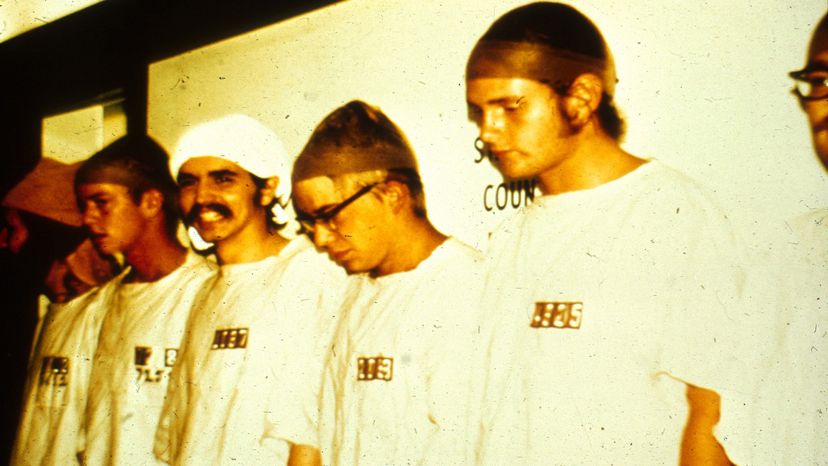
Nine men shuffle through the hallway of a drab prison, each wearing nothing but a skimpy smock. Nine guards watch lazily, insulting the prisoners and thinking up bizarre humiliations to inflict on them. Prisoners are subjected to pushups, group chants, isolation in a tiny closet and bags over their heads. With every passing hour, the guards seem to become more depraved, and the prisoners more defeated. Some of the prisoners crack under the dehumanizing treatment.
The twist ending to this bleak prison story is that it did not occur in a prison — it took place in a hallway at Stanford University in California. The men were not guards and prisoners; they were young men who agreed to take part in an experiment. None of them had committed crimes. None of them realized they were part of an experiment that would become infamous, even legendary, in the annals of the social sciences.
Advertisement
Psychology professor Philip Zimbardo had planned to run the Stanford Prison Experiment for two weeks, long enough to explore how humans react to authority and the conditions inside a prison. Instead, he called the experiment off after just six days. The result of his experiment is sometimes shrouded in its own mythology, the truth it revealed about human psychology obscured by its disturbing story of cruelty and submission.
What really happened during those six days in 1971? Let's delve into what the experiment taught us about human nature and about how society analyzes experiments studying behavior.